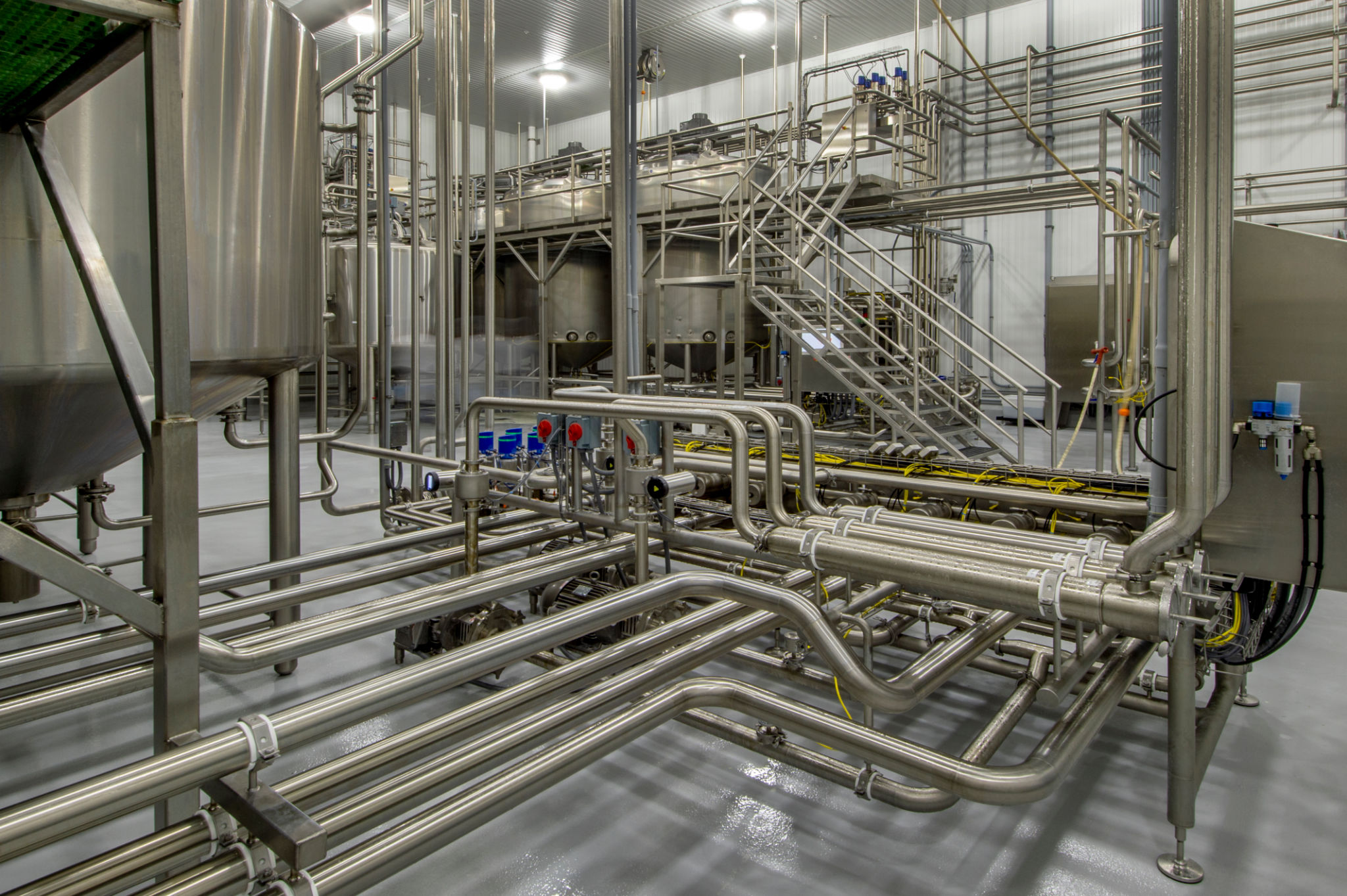The Benefits of High Pressure Processing for Food Manufacturers
Understanding High Pressure Processing
High Pressure Processing (HPP) is a cutting-edge technology that has been transforming the food manufacturing industry. By using extreme pressure to eliminate harmful bacteria and pathogens, HPP offers a unique method for food preservation that is both effective and sustainable. This innovative process is gaining popularity due to its ability to maintain the nutritional quality and extend the shelf life of food products without the need for heat or chemical preservatives.

Enhanced Food Safety
One of the primary benefits of HPP is its ability to significantly enhance food safety. The process involves subjecting food to pressures up to 600 MPa (megapascals), which effectively inactivates harmful microorganisms such as E. coli, Listeria, and Salmonella. This ensures that the food products are safe for consumption and reduces the risk of foodborne illnesses, which is a top priority for manufacturers and consumers alike.
Preservation of Nutritional Quality
Unlike traditional preservation methods that rely on heat, HPP preserves the nutritional quality of food products. Heat can degrade important vitamins and minerals, but because HPP operates at room temperature, it maintains the natural taste, texture, and nutritional content of foods. This is particularly beneficial for health-conscious consumers who demand high-quality, nutrient-rich products.

Extended Shelf Life
Another significant advantage of HPP is its ability to extend the shelf life of food products. By effectively inactivating spoilage organisms and enzymes that contribute to food deterioration, HPP extends the freshness and usability of products without altering their sensory characteristics. This not only benefits consumers by providing longer-lasting products but also helps manufacturers reduce waste and improve supply chain efficiency.
Support for Clean Label Products
The demand for clean label products has been steadily increasing, with consumers seeking foods that contain fewer additives and preservatives. HPP aligns perfectly with this trend by providing a method of preservation that does not require chemical additives. This allows manufacturers to offer products with simple, recognizable ingredients while still ensuring safety and quality.

Versatility Across Food Categories
HPP is remarkably versatile and can be applied across various food categories, including juices, dairy, meats, seafood, and ready-to-eat meals. This adaptability makes it an attractive option for manufacturers looking to diversify their product offerings while maintaining high standards of safety and quality.
Environmental Benefits
In addition to its direct benefits for food safety and quality, HPP is also an environmentally friendly technology. The process requires less energy compared to traditional thermal treatments and generates minimal waste. By adopting HPP, manufacturers can contribute to sustainability goals and reduce their environmental footprint.
Conclusion
High Pressure Processing offers numerous benefits for food manufacturers, from enhancing food safety and extending shelf life to preserving nutritional quality and supporting clean label initiatives. As consumer demand for high-quality, safe, and sustainable products continues to grow, HPP provides an effective solution that meets these needs. For manufacturers looking to innovate and stay ahead in the competitive food industry, embracing HPP could be a game-changing decision.